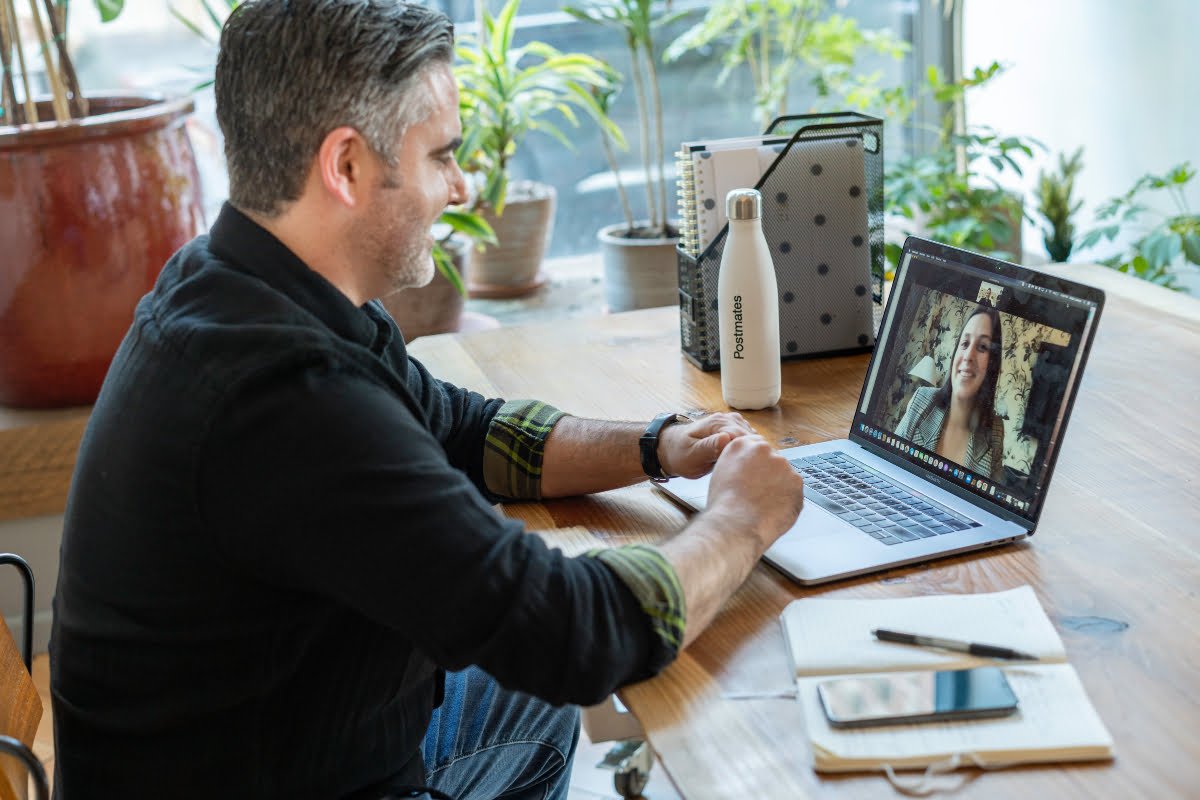Social media, as a modern-day phenomenon and a lucrative market, is always on the rise around the world. With technological advancement and the rise of economic stability and power globally (meaning that more people have access to internet and digital tech), comes a greater use of social networks and various social media outlets. Even without a pandemic on our hands, there’s no denying that people are using social media more and more, but the COVID-19 outbreak has pushed the industry to unprecedented heights.
This is a good thing and a bad thing depending on how you look at it, and if you consider the current socio-political climate around the world. Given the fact that the pandemic has forced people into lockdown and that many countries have imposed strict rules when it comes to social gatherings, it should come as no surprise that social media has become the prevalent channel for communication, content creation, entertainment, socialization, and even education.
Let’s take a closer look at this new trend and see how the outbreak has changed the way we use social networks.
Monitoring the news as they unfold

There is a lot of controversy surrounding the concept of social media as news outlets. The problem is that on social media everyone has a platform from which they can voice their opinions and spread certain information, some of which might be false and even put people in danger. That’s why social networks like Facebook have gone to not-so-great lengths to minimize the spread of misinformation with their independent fact-checkers.
When used right and when you follow reliable and trustworthy sources, though, social media can be a rich source of real-time information. This is why social media during the pandemic has become a news outlet for many people around the world, and the good thing is that people can choose to follow real medical experts and scientists to get their COVID-19 information.
For better or worse, though, social media seems to have become a powerful news outlet during the outbreak.
A focus on creativity and entertainment

Social networks have always prioritized the entertainment factor, aside from niche networks like LinkedIn, which have a very concrete role to fill in modern society. For the most part, though, in the absence of real-life entertainment value and opportunities, which was caused by the COVID-19 restrictions, social networks have been booming across the globe as online entertainment centers.
The days can get quite long when you’re cooped up indoors, after all, and there are only so many episodes on Netflix we can watch until we have to take a break. But besides the obvious benefit of being a good distraction from the pandemic, social media is also prompting users to become more creative and contribute to the entertainment factor. It seems that mild boredom is a powerful driver of creativity, and people are nowadays escaping the monotony of the lockdown by posting more creative videos, photos, and the increasingly-popular Reels and TokToks.
Joining thriving online communities

Social isolation has hit people of all ages and genders very hard throughout the pandemic, and there’s no telling which group has been hit the hardest. That said, there’s no denying that aging generations and seniors have had a difficult time adjusting to the lockdown, because social contact, closeness, and interaction with family and friends means a lot to this already isolated demographic.
This is why social media is one of the most powerful social tools in the world right now, because social groups for seniors have become very popular during the pandemic as a tool for mature audiences to find each other online, meet new people, and enjoy fulfilling digital activities together. Social groups are true game-changers in this time of social isolation, and they can quite literally help people of all ages and genders stay connected to family and friends while forming new bonds with their peers in the process.
Content creation is booming

It should go without saying that content creation on social media has skyrocketed during the pandemic, and it will continue to rise in the new normal. Amateur content is definitely on the rise, but the pandemic has sprouted new professional influencers and content creators, and has prompted the ones who have been in the game for a while to up their standards. It has become quite a competitive field for content creators of all types, and this trend is going to persist in the years to come now that the proverbial bar has been set higher than ever before.
Social media for psychological support

Lastly, it’s interesting to note that social media has become a powerful platform for advocating and supporting mental health during a time of crisis. Many social networks are populated by professionals in the fields of psychology and psychotherapy who are either offering their services for a small fee, or are helping people cope and adjust without charging for their services. This goes to show just how social media can become a humane place where people take care of each other, a place where we can unite and take a stand for mental health in the face of adversity.
Wrapping up
The COVID-19 outbreak has changed the world in many ways, and it has definitely affected the way we use social networks. While many of the new trends are extremely positive, we should still make sure to shield ourselves from false news and misinformation, and leverage the power and potential of social media to do good.






